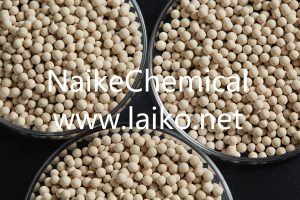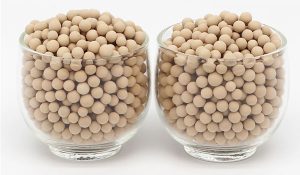Application and Performance of 3A Molecular Sieve
3A molecular sieve is an alkali metal aluminosilicate, and sometimes, it is also called 3A zeolite molecular sieve. The pore size of the molecular sieve 3A is 3Å. It is mainly used for adsorbing water and does not adsorb any molecules with a diameter greater than 3Å. According to the characteristics of industrial applications, molecular sieve has the ability of fast adsorption speed, many regeneration times, crushing strength and anti-pollution, which improves the utilization efficiency of molecular sieve and prolongs the service life of molecular sieve. A molecular sieve is an adsorbent material necessary for deep drying, refining and polymerization of gas and liquid phases in the petroleum and chemical industries.
1. Application of 3A molecular sieve
(1) 3A molecular sieve is used for drying various liquids (such as ethanol).
(2) 3A molecular sieve is used for air-drying and insulating glass drying.
(3) 3A molecular sieve is used for refrigerant drying.
(4) 3A molecular sieve is used for the drying of natural gas and methane gas.
(5) 3A molecular sieve is used for the drying of unsaturated hydrocarbons, cracked gas, ethylene, acetylene, propylene and butadiene.
2. Storage of 3A molecular sieve
It should be stored at room temperature, indoor with relative humidity not greater than 90%. Avoid water, acid, alkali. Isolate the air, and store in an airtight environment.
3. Regeneration requirements of 3A molecular sieve
It can be regenerated and reused by heating and simultaneous purging or evacuation.
(1) Remove the moisture: it can be used to dry gas, such as nitrogen, hydrogen or ordinary air. After the air is heated to 150-300 ° C, pass them into the molecular sieve bed under the action of pressure. Then pass into the adsorber with dry cold gas to isolate air and cool it to room temperature.
(2) Remove the organic substances: water vapor can be used to replace the adsorbed substances from the molecular sieve 3A, and then heated to (1) for regeneration. The regeneration can also be carried out through superheated steam or inert gas.
(3) The removed gaseous substances can be regenerated by decompression removal method.



